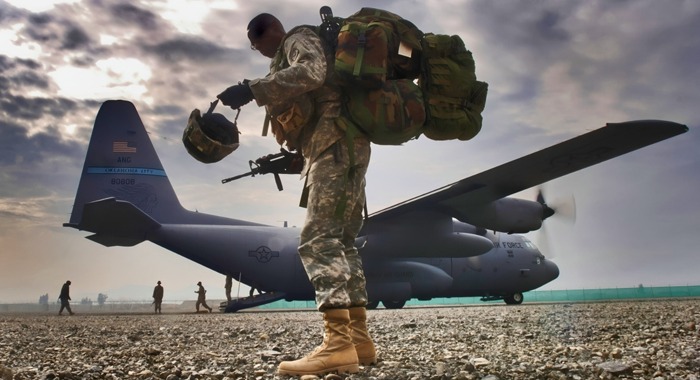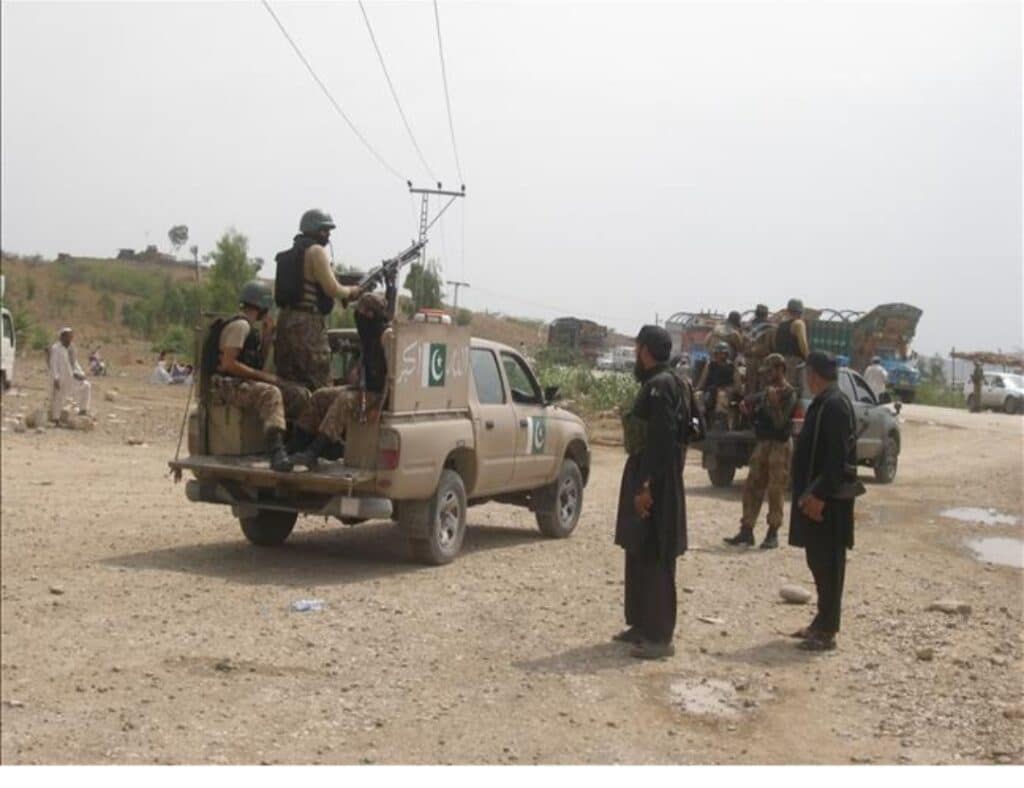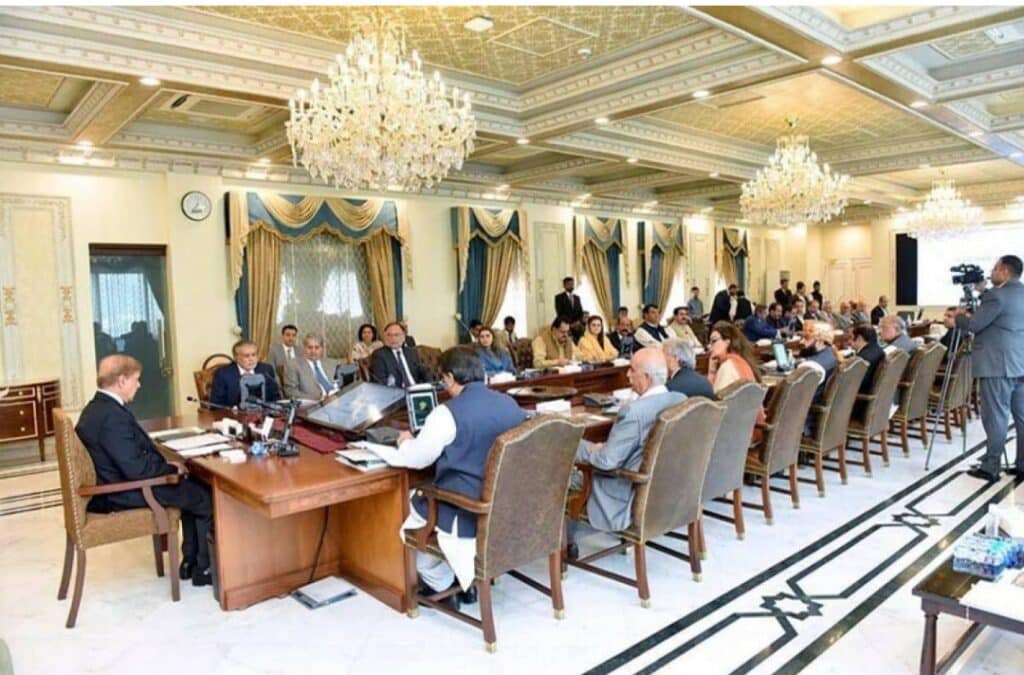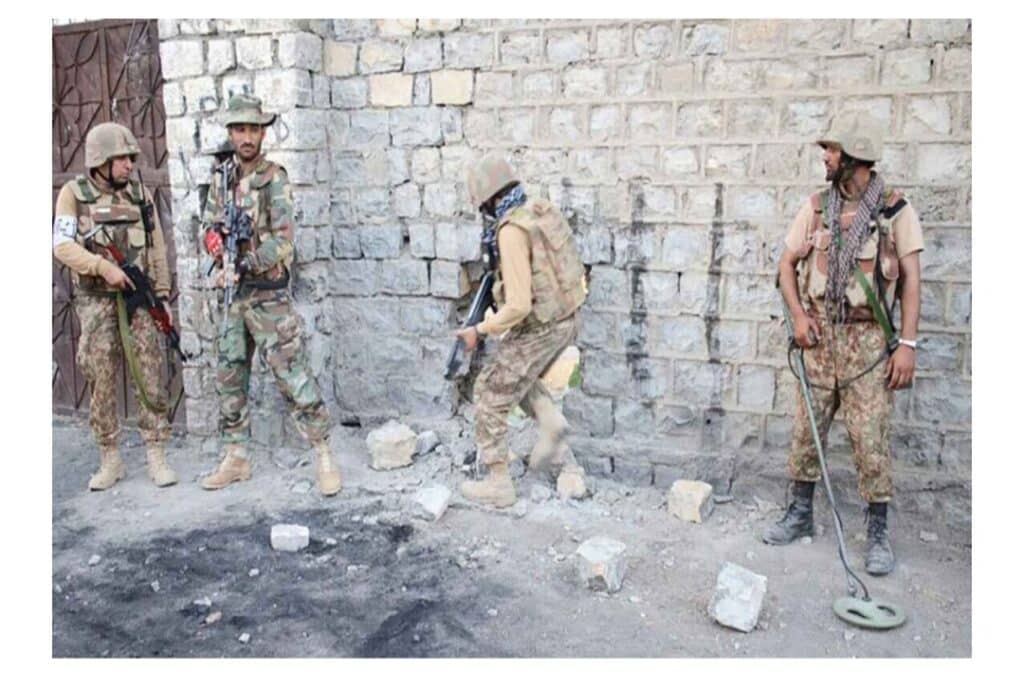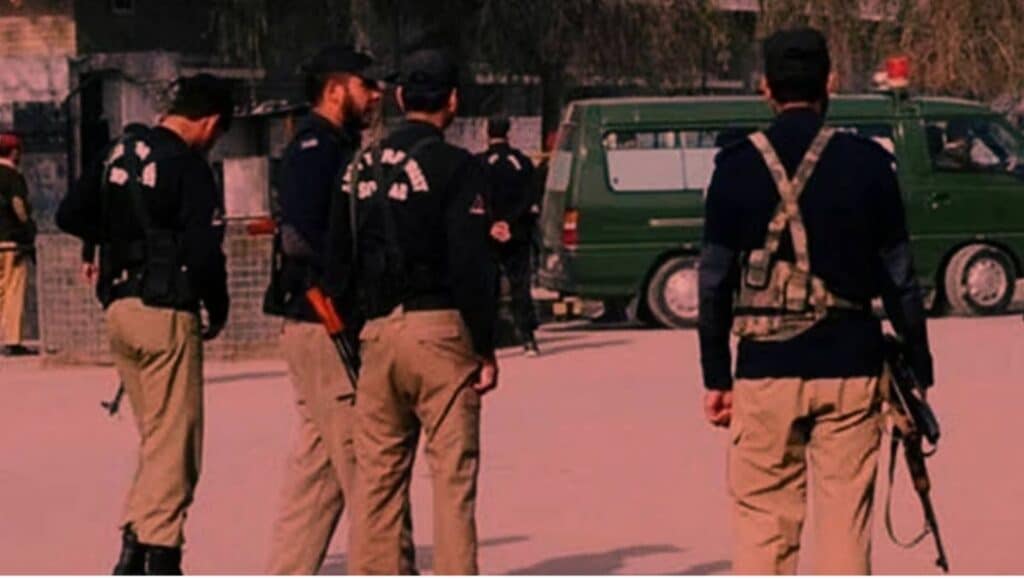From a security standpoint, the case for an American return to Bagram is unmistakable. Since the withdrawal of U.S. forces from Afghanistan in 2021, militant networks have re-emerged and reorganized across the country. Al-Qaeda’s senior leadership, long scattered across the Afghanistan-Pakistan border regions, resurfaced in Kabul culminating in the 2022 drone strike that killed Ayman al-Zawahiri, Osama bin Laden’s successor. Yet his death did little to dismantle the broader extremist infrastructure. Al-Qaeda remains active, visible, and interlinked with the Taliban and other transnational networks, as repeatedly confirmed by United Nations monitoring reports.
The Biden administration has maintained that leaving Afghanistan did not weaken America’s counterterrorism capabilities. But the widening operational space for extremist groups suggests otherwise. Over-the-horizon strikes from distant bases may be technologically feasible, but they cannot replicate the precision, immediacy, and deterrence once provided by Bagram. The airbase was not merely a military facility; it was a symbol of American reach in Central Asia a strategic platform that projected power and intelligence capacity deep into regions now largely beyond U.S. access.
Beyond military logic, Bagram carries immense geopolitical weight. For two decades, it embodied American dominance in Afghanistan. If a rival power were to gain influence over the same airbase, the shift would resonate far beyond the region. Former President Donald Trump has already accused China of seeking influence in Bagram. While Beijing has not deployed troops there, it has moved swiftly to cultivate ties with Kabul through trade, mining, and emerging security cooperation. Even the perception of Chinese access to Bagram would be a symbolic setback for Washington, underscoring its declining leverage in Central Asia.
Amid this reshuffling of regional power, Pakistan has pursued a policy of restraint and constructive engagement. Despite being directly exposed to the security fallout from Afghanistan, Islamabad has emphasized border management, counterterrorism coordination, and regional dialogue to prevent Afghanistan from descending into ungoverned chaos. Pakistan’s efforts to fence its long border, its commitment to refugee protection, and its consistent calls for regional stability underscore its enduring role as a responsible and stabilizing actor rather than a destabilizing force.
Trump’s reported interest in negotiating with the Taliban for renewed access to Bagram may appear to offer a path of least resistance, but it would be strategically unsound and morally indefensible. The Taliban, despite receiving billions of dollars in international aid, has not moderated its ideology. Its governance continues to be marked by systemic human rights abuses, repression of women, and tolerance for terrorist activity within its borders. Entrusting the security of American personnel to such a regime would amount to placing U.S. forces within the very ecosystem they seek to contain.
Moreover, the Taliban’s rank and file remain deeply anti-American. For two decades, Taliban leaders fueled their movement with the rhetoric of “jihad against occupation.” Any decision by the group’s elders to hand over Bagram to U.S. forces would trigger fierce internal dissent, defections to ISIS-K, or even attacks by rogue Taliban fighters. The tragic 2021 Abbey Gate bombing, carried out during the U.S. evacuation from Kabul under Taliban oversight, remains a grim reminder of how unreliable Taliban guarantees can be.
Bagram’s location further complicates any potential deal. The airbase lies in Parwan province, a stronghold of Afghanistan’s ethnic Tajik population, historically opposed to Taliban rule. Although the Taliban exerts nominal control there, it lacks legitimacy and local support. These communities have remained aligned with the anti-Taliban National Resistance Front (NRF) and other pro-democratic movements.
These networks once fought alongside the United States and its allies against the Taliban during the early 2000s. Any viable American re-engagement must therefore be built not through accommodation with the Taliban, but through collaboration with the local forces who actually control the social and political terrain around Bagram.
Abdullah Khenjani, head of political affairs for the NRF, outlined a compelling alternative in The National Interest earlier this year. He argued that Washington need not legitimize the Taliban by bargaining with them. Instead, the United States could rebuild its influence by supporting the democratic and anti-terrorist resistance movements already active in northern Afghanistan.
This approach is neither untested nor unprecedented. In 2001, before the Bonn Agreement, the United States partnered with the Northern Alliance for access to key airfields, including Bagram itself, establishing operational control through local alliances before formal recognition followed. A similar model exists today in Syria, where U.S. forces maintain bases and conduct counterterrorism missions in cooperation with local partners, without recognition from the Assad government.
A conditions-based framework in Afghanistan could replicate this strategy: empowering local communities, supporting defensive capabilities, and fostering governance structures that reject extremism. Over time, this would give Washington a credible partner on Afghan soil without endorsing the Taliban’s theocratic regime.
Such a strategy would not amount to partition but rather to containment and decentralization. It would support self-rule for regions that reject Taliban coercion while deterring Taliban aggression beyond their strongholds in the south and east. The approach aligns with both American counterterrorism goals and the aspirations of Afghans seeking to live under systems rooted in democracy rather than extremism.
By focusing on partnerships in regions historically opposed to the Taliban particularly in Parwan, Panjshir, Andarab, and the north the United States could reestablish an operational presence that strikes at terrorist networks while empowering moderate, pro-democratic Afghan actors. This strategy offers a path to stability that serves both Afghan sovereignty and global security.
The question is not whether Bagram is valuable it unquestionably is but who the United States should partner with to regain it. A pact with the Taliban would bring temporary access but long-term instability and moral compromise. A partnership with Afghanistan’s democratic and anti-terrorist forces offers a slower but far sturdier foundation.
For Pakistan, this approach also represents the most realistic path to a stable western frontier. Islamabad has endured four decades of spillover from Afghan conflict refugees, terrorism, and cross-border insecurity. A pluralistic and terrorism-free Afghanistan would complement Pakistan’s own counterterrorism objectives and regional peace efforts.
Reviving Bagram, then, is not simply about restoring an airbase it is about restoring balance in a region still struggling to define its future after America’s longest war. If Washington truly seeks to confront terrorism again, it must do so alongside those Afghans who still believe in freedom, not those who extinguished it.

